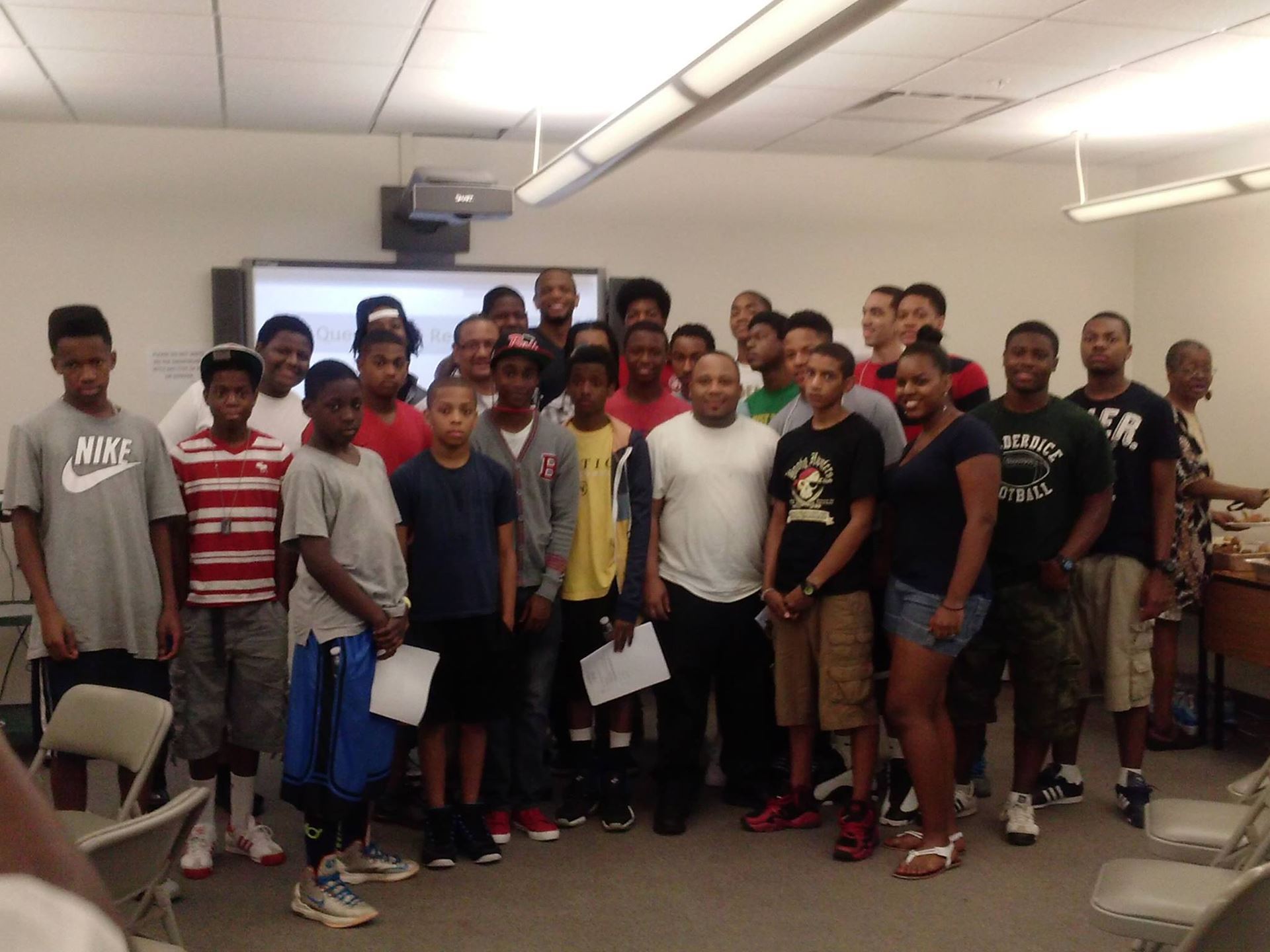|
|
Across our community, many of our neighbors continue to face poverty, inequity, and systemic barriers. Nabhi Christian Ministries responds to these challenges with programs that bring stability, opportunity, and hope.
Elderly
Black elders remain twice as likely to live in poverty compared to white elders. Many are forced to choose between food, housing, and medical care. We are committed to walking alongside them with dignity and support.
Veterans
Younger veterans (ages 18–34) experience higher poverty rates than older veterans, struggling to transition into civilian life. We believe in honoring their service by helping them rebuild stability and purpose.
Working Families (ALICE Households)
In Pennsylvania, 40% of households earn above the federal poverty line but still cannot afford basic necessities. These are working families who keep our communities running but remain financially vulnerable. We stand in the gap, offering support and pathways to stability.
African American Girls
In Allegheny County, Black girls continue to face disproportionate challenges in education, health, and justice. Nationally, 7 in 10 girls report feeling they “don’t measure up,” and 1 in 4 faces a clinical mental health challenge such as depression or eating disorders. We are committed to nurturing their worth, voice, and future.
African American Boys
In Allegheny County, young Black men face concentrated need: they make up roughly twelve percent of the population yet are disproportionately likely to live in high‑need neighborhoods with elevated poverty, food insecurity, violence, school discipline, and juvenile justice involvement; these combined barriers limit educational, employment, and mental‑health opportunities for many.
---
Our Response
We do not stop at identifying the need. Through holistic programs, strong community partnerships, and a commitment to equity, Nabhi Christian Ministries works to transform lives. Where there is poverty, we bring provision. Where there is despair, we bring hope. Where there is brokenness, we work toward healing and restoration.


